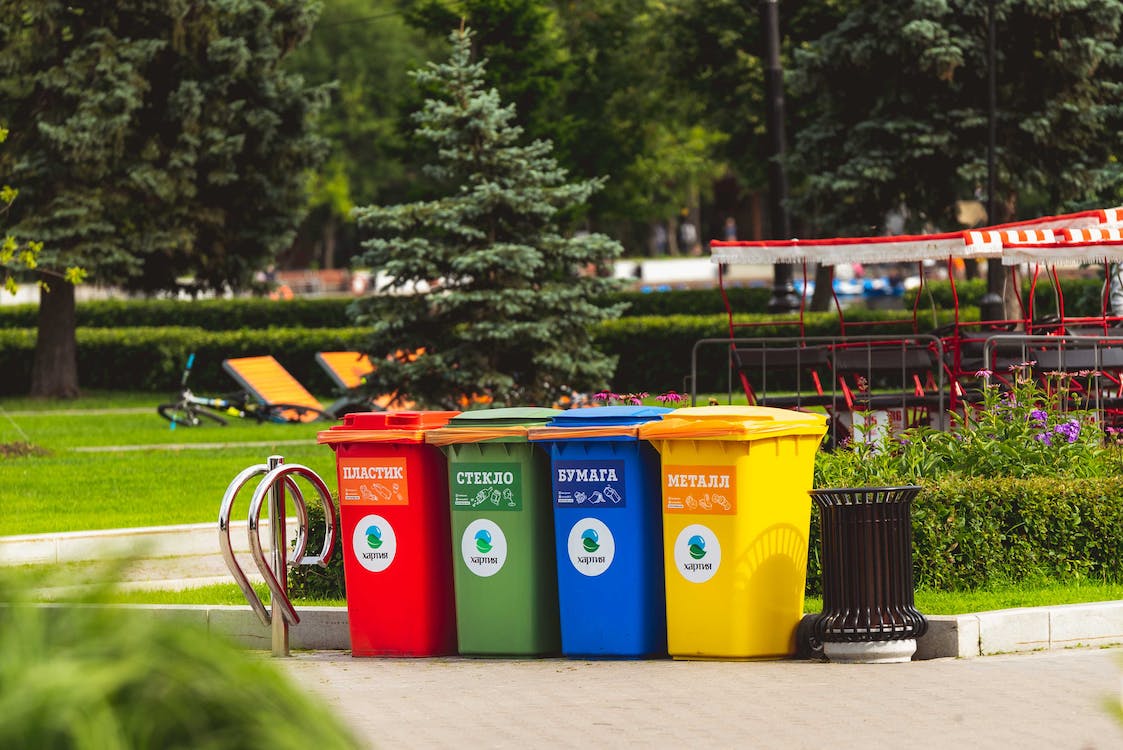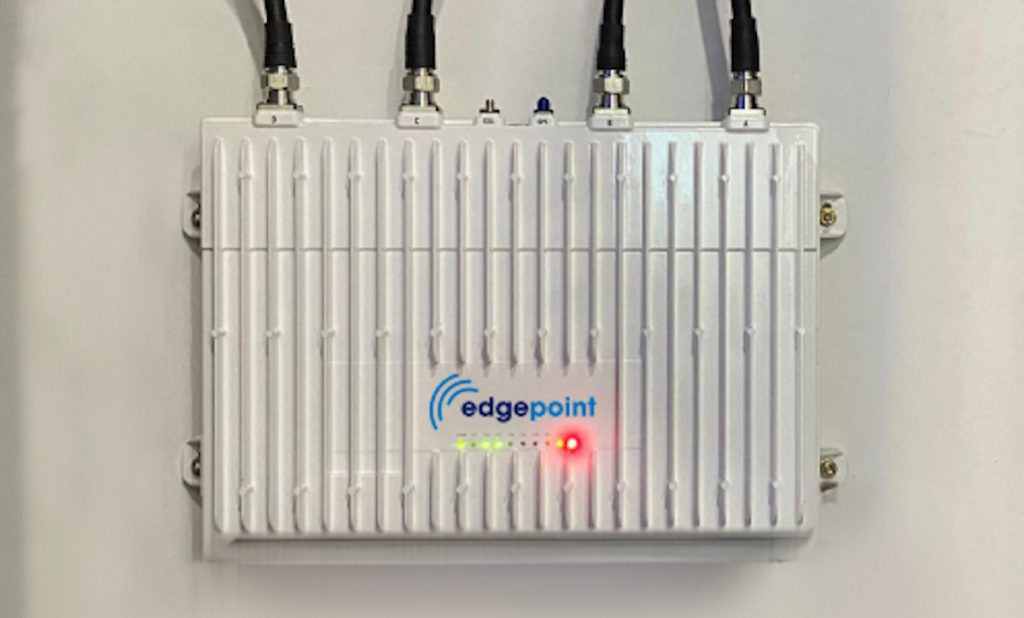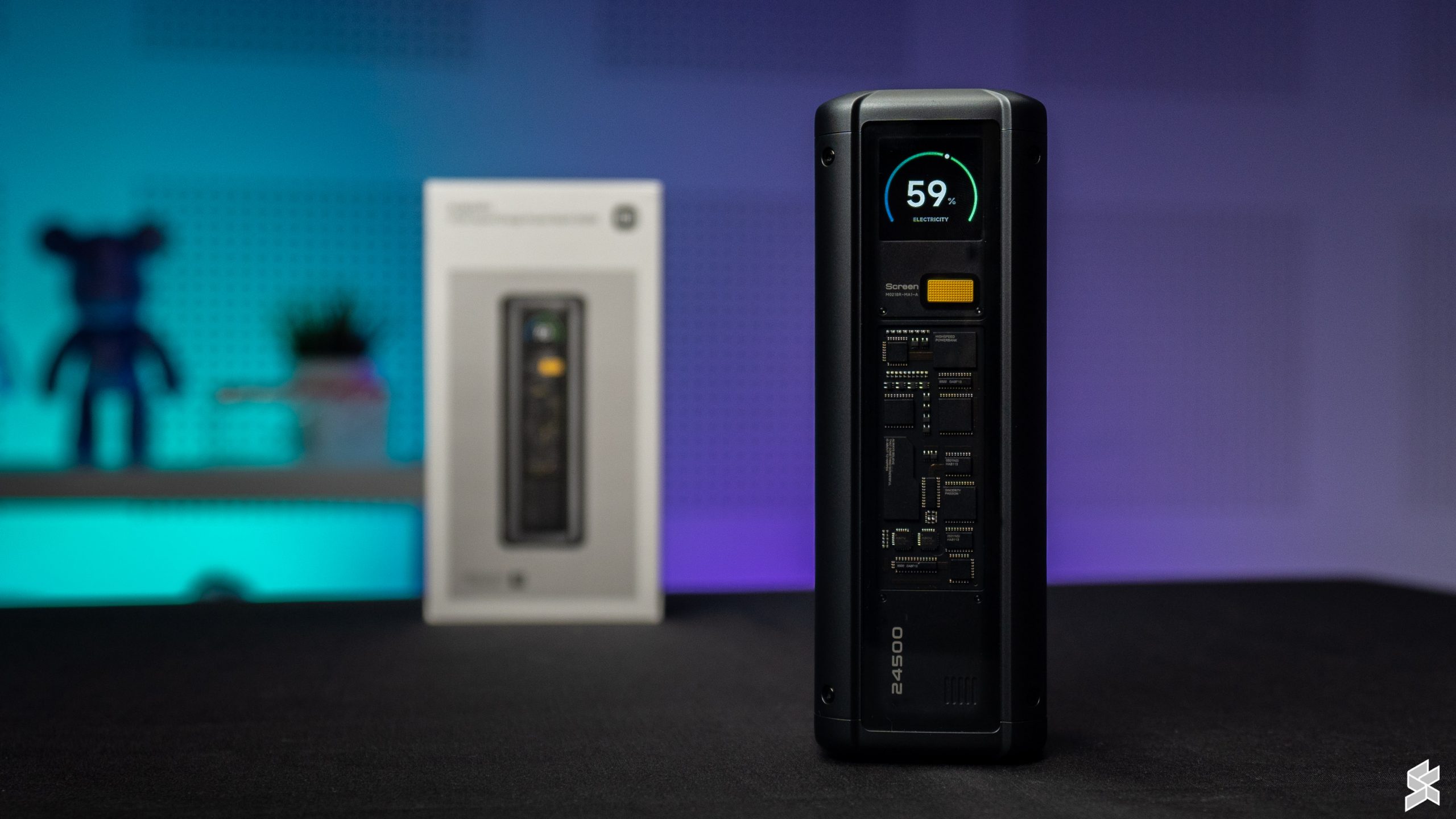Are you wondering about the best methods of hazardous waste disposal? Look no further!
This article explores the top methods for safely getting rid of these materials. We’ve got you covered from recycling and incineration to land disposal and biological treatment.
Discover the best practices for hazardous waste disposal right here.
1. Recycling
When it comes to the best methods of hazardous waste disposal, one of the best is recycling. Recycling transforms waste materials into new products, reducing the need for raw materials and minimizing environmental impact.
By participating in recycling programs, you can help divert hazardous waste from landfills and incinerators, preventing potential environmental and human health harm. Recycling hazardous waste items such as batteries, electronics, and fluorescent light bulbs ensures that valuable resources are recovered and reused.
Also, recycling reduces the demand for energy-intensive manufacturing processes, decreasing greenhouse gas emissions.
It’s important to properly dispose of hazardous waste through recycling to protect our planet and create a sustainable future for future generations.
2. Incineration
One of the most effective methods to properly dispose of hazardous waste is incinerating it. Incineration involves the controlled burning of waste at high temperatures, which helps to break down hazardous substances and reduce them to ash.
This process is particularly useful for waste that can’t be recycled or treated through other means.
Incineration offers several advantages in terms of waste management. First, it can significantly reduce the volume of waste, making it easier to handle and transport.
In addition, incineration can destroy harmful pathogens and toxins, reducing the risk of contamination. However, it’s important to note that incineration should be conducted in specialised facilities that employ proper emission controls to prevent the release of harmful pollutants into the atmosphere.
3. Land Disposal
Continuing from the previous subtopic of incineration, land disposal is an effective method of hazardous waste disposal. This method involves burying the waste in specially designed landfills or containment areas.
Some advantages of land disposal include:
- Isolation: Land disposal provides a physical barrier between the hazardous waste and the environment, preventing contamination.
- Long-term storage: Landfills are designed to securely store hazardous waste for extended periods, reducing the risk of immediate exposure.
- Cost-effectiveness: Land disposal can be a more affordable option for disposing of large quantities of hazardous waste than other methods.
- Remediation: Certain land disposal techniques, such as bioremediation, can help break down hazardous waste over time, reducing its environmental impact.
It is important to note that land disposal requires careful planning, monitoring, and regulation to ensure the safe containment and management of hazardous waste.
4. Biological Treatment
Following land disposal, one effective method of hazardous waste disposal is through biological treatment. This method involves using microorganisms to break down and transform hazardous waste into less harmful substances.
The microorganisms, such as bacteria and fungi, can metabolise organic compounds in the waste. Biological treatment can be carried out in different ways, including composting, bioremediation, and anaerobic digestion.
Composting involves the decomposition of organic waste in the presence of oxygen, producing nutrient-rich compost that can be used as soil amendment.
Bioremediation, on the other hand, uses microorganisms to degrade hazardous substances in soil or water.
Lastly, anaerobic digestion is a process that breaks down organic waste in the absence of oxygen, producing biogas as a byproduct.
Biological treatment offers a sustainable and environmentally friendly approach to hazardous waste disposal.
5. Best Practices for Hazardous Waste Disposal
Now, the last on our list of the best hazardous waste disposal methods, it’s important to follow the best practices to ensure safety and minimise environmental impact.
Here are four key best practices for hazardous waste disposal:
- Segregation: Properly separate different types of hazardous waste to prevent cross-contamination and potential chemical reactions.
- Labeling: Clearly label all containers with the type of hazardous waste and any associated hazards to ensure proper handling and storage.
- Storage: Store hazardous waste in secure, leak-proof containers in designated well-ventilated areas and away from ignition sources.
- Proper Disposal: Dispose of hazardous waste through authorized facilities or programs that adhere to strict regulations and guidelines to ensure safe handling, treatment, and disposal.
Conclusion
So, there are the best methods of hazardous waste disposal, and in conclusion, when it comes to hazardous waste disposal, it’s crucial to prioritize methods that are environmentally friendly and safe.
Recycling, incineration, land disposal, and biological treatment are all effective ways to manage hazardous waste. By following best practices, we can implement these methods correctly, minimizing the potential harm to our planet and communities.
Remember, everyone is responsible for properly disposing of hazardous waste to protect our environment for future generations.







